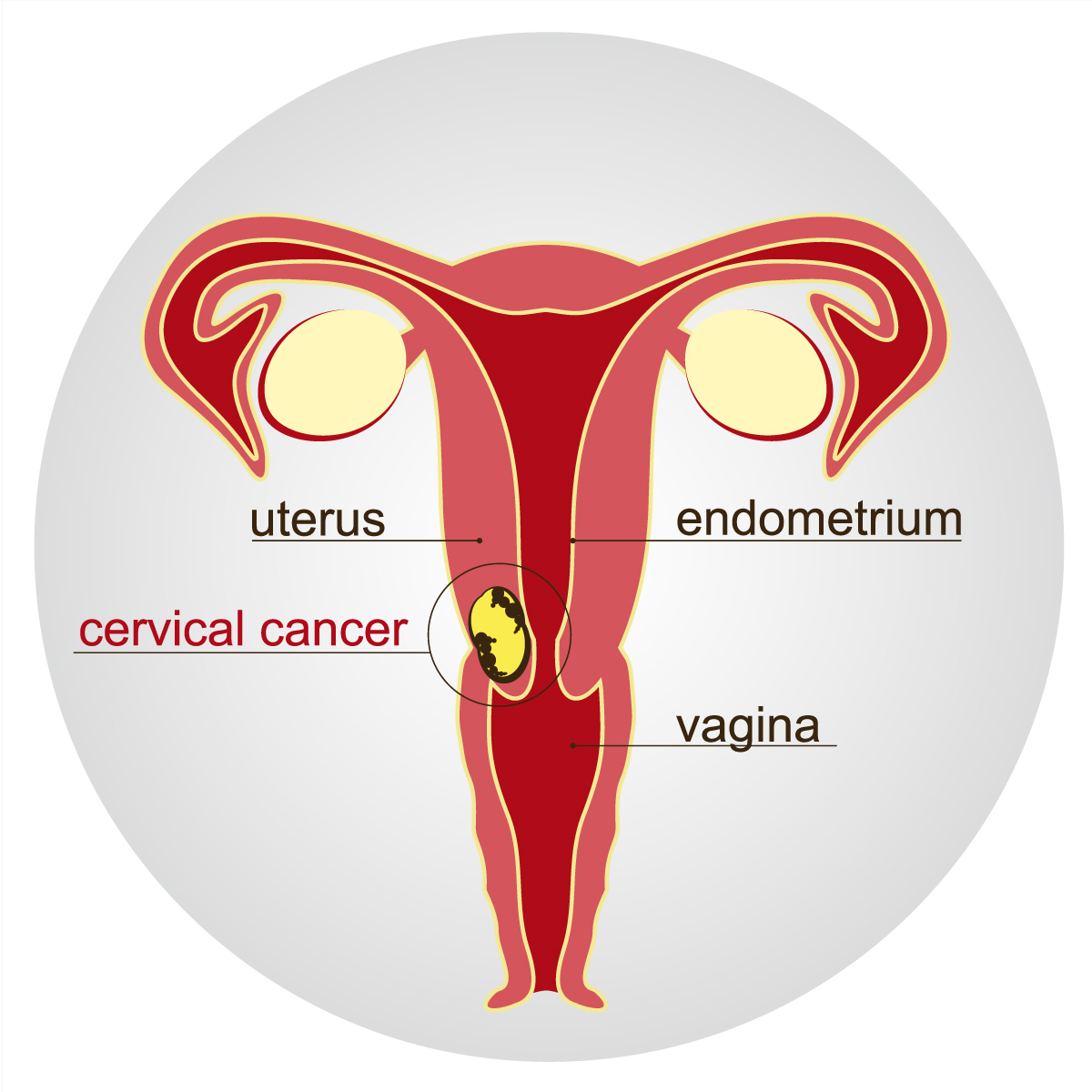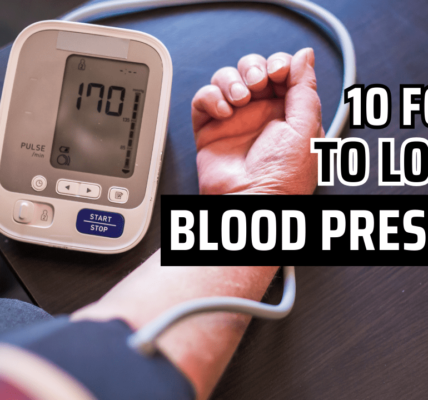Cervical Cancer: A Comprehensive Guide to Causes, Symptoms, and Prevention Strategies for Women’s Health
Understanding Cervical Cancer
Cervical cancer is a type of cancer that originates in the cells lining the cervix, the lower part of the uterus that connects to the vagina. It is a significant health concern for women worldwide and is often preventable and highly treatable when detected early. In this comprehensive guide, we will explore various aspects of cervical cancer, including its causes, risk factors, symptoms, diagnosis methods, available treatments, and preventive measures.

Causes and Risk Factors
Cervical cancer is primarily caused by persistent infection with high-risk types of human papillomavirus (HPV). HPV is a sexually transmitted infection, and certain strains of the virus can lead to the development of cervical cancer over time. Other risk factors include:
1. Weakened Immune System: Individuals with weakened immune systems, such as those with HIV/AIDS or those undergoing immunosuppressive therapy, are at a higher risk.
2. Early Sexual Activity: Women who become sexually active at an early age are more susceptible to HPV infection.
3. Multiple Sexual Partners: Having multiple sexual partners increases the risk of exposure to HPV and other sexually transmitted infections.
4. Smoking: Women who smoke have a higher risk of developing cervical cancer. Smoking may weaken the immune system’s ability to clear HPV infections.
5. Long-Term Use of Birth Control Pills: Prolonged use of oral contraceptives may increase the risk of cervical cancer.
6. Family History: A family history of cervical cancer may contribute to an increased risk.
Symptoms of Cervical Cancer
Cervical cancer may not exhibit noticeable symptoms in its early stages, which is why regular screenings are crucial. As the disease progresses, symptoms may include:
1. Abnormal Vaginal Bleeding: Irregular bleeding between periods, after menopause, or after sexual intercourse.
2. Pelvic Pain: Pain during sexual intercourse or pelvic pain not associated with menstrual cycles.
3. Unexplained Weight Loss: Sudden and unexplained weight loss without changes in diet or physical activity.
4. Fatigue: Persistent fatigue that doesn’t improve with rest.
5. Pelvic Discomfort: A sense of fullness or pressure in the pelvis.
Diagnosis Methods
Early detection of cervical cancer is vital for successful treatment. Various diagnostic methods are employed to identify and confirm the presence of cervical cancer:
1. Pap Smear: The Pap smear, or Pap test, is a routine screening procedure that involves collecting cells from the cervix to detect abnormalities or precancerous changes.
2. HPV Testing: HPV testing can identify the presence of high-risk HPV types that may lead to cervical cancer.
3. Colposcopy: If abnormalities are found during a Pap smear, a colposcopy may be performed. It involves examining the cervix with a magnifying instrument to identify areas of concern.
4. Biopsy: A biopsy is the definitive method for diagnosing cervical cancer. It involves removing a small tissue sample for laboratory examination to determine if cancer is present.
5. Imaging Tests: Advanced imaging tests, such as MRI or CT scans, may be performed to determine the extent of cancer and whether it has spread to nearby tissues or organs.
Available Treatments
Treatment options for cervical cancer depend on the stage of the disease, the patient’s overall health, and other factors. Common treatment modalities include:
1. Surgery: Surgical procedures may involve removing the cancerous tissue, the entire cervix, or, in advanced cases, the uterus and surrounding tissues.
2. Radiation Therapy: High-energy radiation is used to target and destroy cancer cells. It may be used alone or in combination with other treatments.
3. Chemotherapy: Chemotherapy involves the use of drugs to kill cancer cells or stop their growth. It may be administered orally or intravenously.
4. Targeted Therapy: Targeted drugs can specifically target cancer cells while sparing normal cells. They are often used in combination with other treatments.
5. Immunotherapy: Immunotherapy enhances the body’s immune system to recognize and attack cancer cells. It is a promising area of research for cervical cancer treatment.
Preventive Measures
Preventing cervical cancer involves a combination of vaccination, regular screenings, and lifestyle choices:
1. HPV Vaccination: HPV vaccines, such as Gardasil and Cervarix, protect against the most common high-risk HPV strains. Vaccination is recommended for both males and females before they become sexually active.
2. Regular Screenings: Pap smears and HPV testing are essential for early detection of abnormalities and precancerous changes. Regular screenings can detect and treat cervical abnormalities before they progress to cancer.
3. Safe Sexual Practices: Practicing safe sex, using condoms, and limiting sexual partners can reduce the risk of HPV transmission.
4. Smoking Cessation: Quitting smoking lowers the risk of cervical cancer and enhances overall health.
5. Maintaining a Healthy Lifestyle: Eating a balanced diet, staying physically active, and maintaining a healthy weight contribute to overall well-being and may reduce the risk of cervical cancer.
Importance of Early Detection
Early detection of cervical cancer significantly improves the chances of successful treatment and survival. Regular screenings allow for the identification of abnormalities or precancerous changes, enabling prompt intervention before cancer develops. The Pap smear, in particular, has been instrumental in reducing cervical cancer rates in populations with widespread screening programs.

Statistics
According to the World Health Organization (WHO), cervical cancer is the fourth most common cancer among women globally, with approximately 570,000 new cases and 311,000 deaths reported in 2018. While the incidence of cervical cancer has decreased in many developed countries due to widespread screening and vaccination programs, it remains a significant health issue, particularly in low- and middle-income countries where access to preventive measures and healthcare resources may be limited.
Conclusion
Cervical cancer is a serious but largely preventable and treatable disease. Understanding its causes, risk factors, symptoms, and available preventive measures is crucial for women’s health. Regular screenings, HPV vaccination, and adopting healthy lifestyle choices are key components in the fight against cervical cancer. By promoting awareness, early detection, and comprehensive healthcare, we can work towards reducing the global burden of cervical cancer and ensuring better outcomes for affected individuals. If you have concerns about cervical cancer or are due for a screening, consult with your healthcare provider for personalized guidance and care.
Also Read: 7 Effects Of Bathing With Hot Water Everyday Surprising Impact On Fertility And Sperm Count











1 COMMENTS